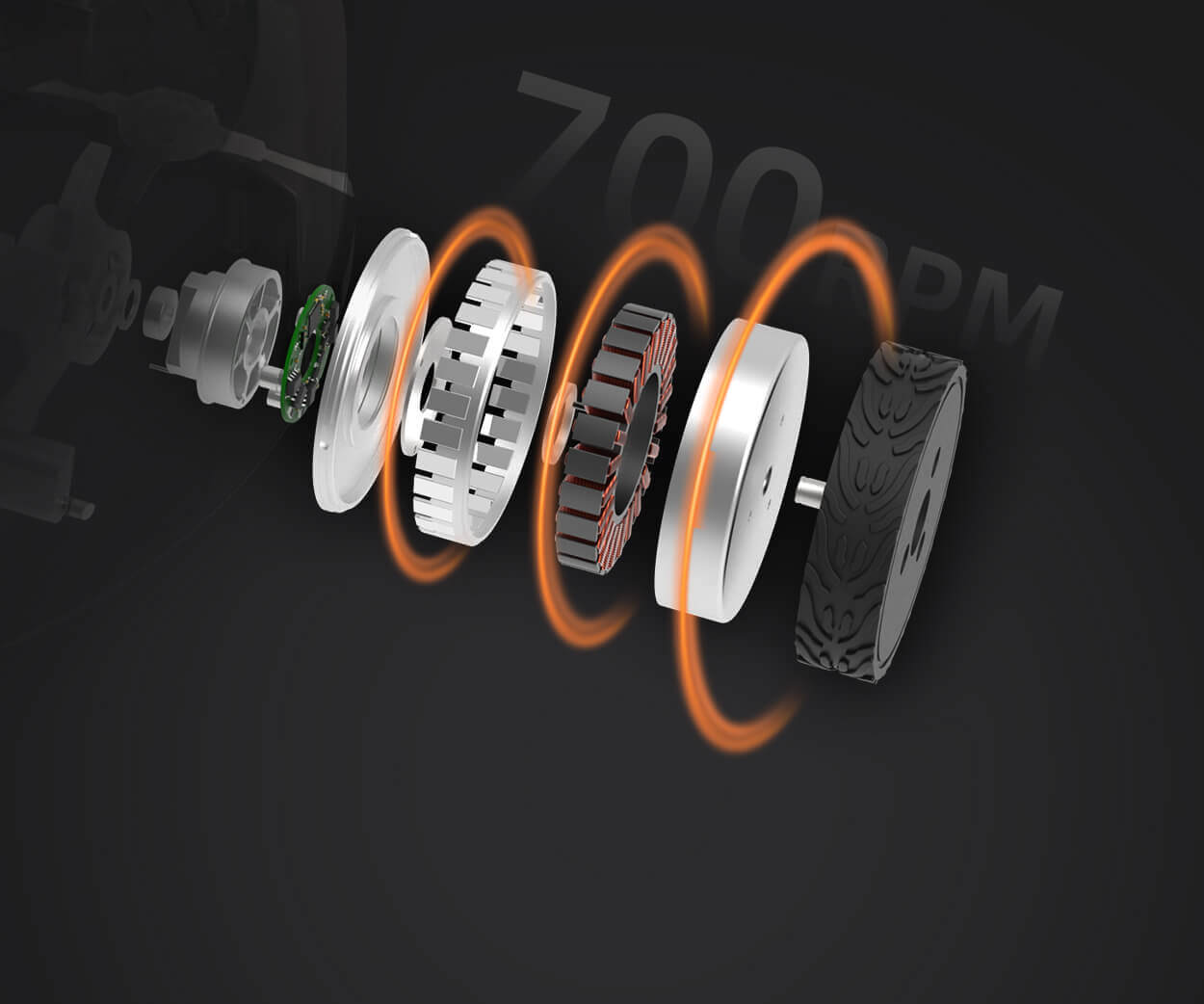In the ever-evolving landscape of modern machinery and electronic devices, small electric gear motors are quietly powering a silent revolution. These tiny but potent components combine the precision of electric motors with the torque-enhancing capabilities of gear reductions, creating a versatile solution that serves industries from consumer electronics to industrial automation. As the digital and mechanical worlds become increasingly intertwined, understanding the significance and potential of small electric gear motors becomes more vital than ever.

An Introduction to Small Electric Gear Motors At their core, small electric gear motors are miniature motor-gear assemblies designed to deliver controlled rotational force in tight spaces. Unlike standard motors, these units integrate a gear train—comprising spur, helical, planetary, or worm gears—directly with the motor shaft. This integration results in a device that is not just a motor, but a complete, ready-to-install power package capable of precise motion control with high torque output relative to their size.
Their compact form factor makes them ideal for applications where space is at a premium. For example, the internal mechanisms of household appliances, medical devices, and portable gadgets rely heavily on these miniature motors, which deliver reliable performance without contributing bulk.
Design and Engineering Excellence The engineering behind small electric gear motors is as fascinating as their utility. Designers focus on optimizing efficiency, durability, and smoothness of operation within very confined dimensions. They often employ high-quality materials such as durable plastics, lightweight metals, and precision-ground gears to minimize backlash and ensure accuracy.
Moreover, these motors are customizable, available with various gear ratios, motor voltages, and output characteristics. Such flexibility means they can be tailored for specialized tasks—whether that’s providing slow, high-torque movement for robotic joints or quick, low-torque rotations in consumer devices.
Types of Small Electric Gear Motors Within this category, several types of gear mechanisms find their niche:
Spur Gear Motors: The most common, offering straightforward gear reduction with high efficiency. Ideal for applications requiring moderate torque and speed control.
Worm Gear Motors: Known for their self-locking feature, which prevents back-driving—a crucial trait for lifting or holding mechanisms in a stationary position.
Planetary Gear Motors: Offer high torque in a compact design, distributing load evenly across multiple gears, making them suitable for demanding applications like camera autofocus or precision robotics.
Helical Gear Motors: Provide smoother and quieter operation, often used in medical or laboratory equipment where noise reduction is essential.
Material Choices and Manufacturing Precision Given their small size, manufacturing precision is paramount. Tiny imperfections could cause noise, inefficiency, or mechanical failure. Manufacturers invest heavily in CNC machining, surface finishing, and rigorous quality control to ensure that each unit performs reliably over its lifespan.
Materials are selected based on the demands placed on the device: plastics for lightweight and cost-effective solutions, metals like aluminum or steel for durability, and specialized composites for high-performance applications.
The Importance of Voltage and Power Specifications These motors come in various voltage ratings—commonly from 3V to 24V or higher—and their power output aligns with their intended use. Low-voltage motors are often used in portable devices, whereas higher-voltage units serve robotics or industrial applications.
Understanding the power and torque requirements helps in selecting the right motor. For instance, a small electric gear motor in a drone’s camera gimbal must deliver precise, smooth motion with minimal power consumption, whereas a gear motor in an industrial conveyor might need to sustain high load conditions.
Efficiency and Energy Consumption Small electric gear motors are designed to maximize efficiency, minimizing energy wastage. This is critical in battery-operated devices, extending operational time and reducing heat buildup. Innovations in brushless motors, magnetic materials, and gear-lubrication systems have contributed to creating compact motors that draw less power while delivering optimal performance.
Real-World Applications: From Tiny to Tremendous The versatility of small electric gear motors becomes apparent when looking at their widespread usage:
Consumer Electronics: Smartphones, gaming controllers, and wearable tech depend on miniature gear motors for vibration, focus, and movement.
Medical Devices: Precision movement in medical imaging equipment, micro-syringe pumps, and prosthetics relies on tiny, reliable geared motors.
Home Appliances: Automating functions in coffee makers, automated blinds, and robotic vacuum cleaners.
Robotics & Automation: Small gear motors are the backbone of robotic arms, drones, and automated guided vehicles, where space constraints demand compact but powerful components.
Industrial Equipment: In manufacturing, these motors power small actuators, conveyor systems, and inspection devices, providing precise control that enhances productivity.
Challenges and Future Trends Despite their many benefits, small electric gear motors face challenges: heat dissipation within limited space, maintaining high precision with minimal backlash, and ensuring long-term durability under continuous operation.
The future of these motors is poised for exciting developments. Advances in nanotechnology and materials science promise even smaller, more efficient gear drives. The integration of smart sensors and IoT connectivity will enable real-time monitoring, predictive maintenance, and enhanced control algorithms—bringing us closer to the era of intelligent miniature automation.
In the next installment, we’ll delve deeper into specific application examples, innovative trends, and how these tiny motors are setting the stage for the next wave of technological breakthroughs.
Leveraging innovations in modular drive technology, Kpower integrates high-performance motors, precision reducers, and multi-protocol control systems to provide efficient and customized smart drive system solutions.




































